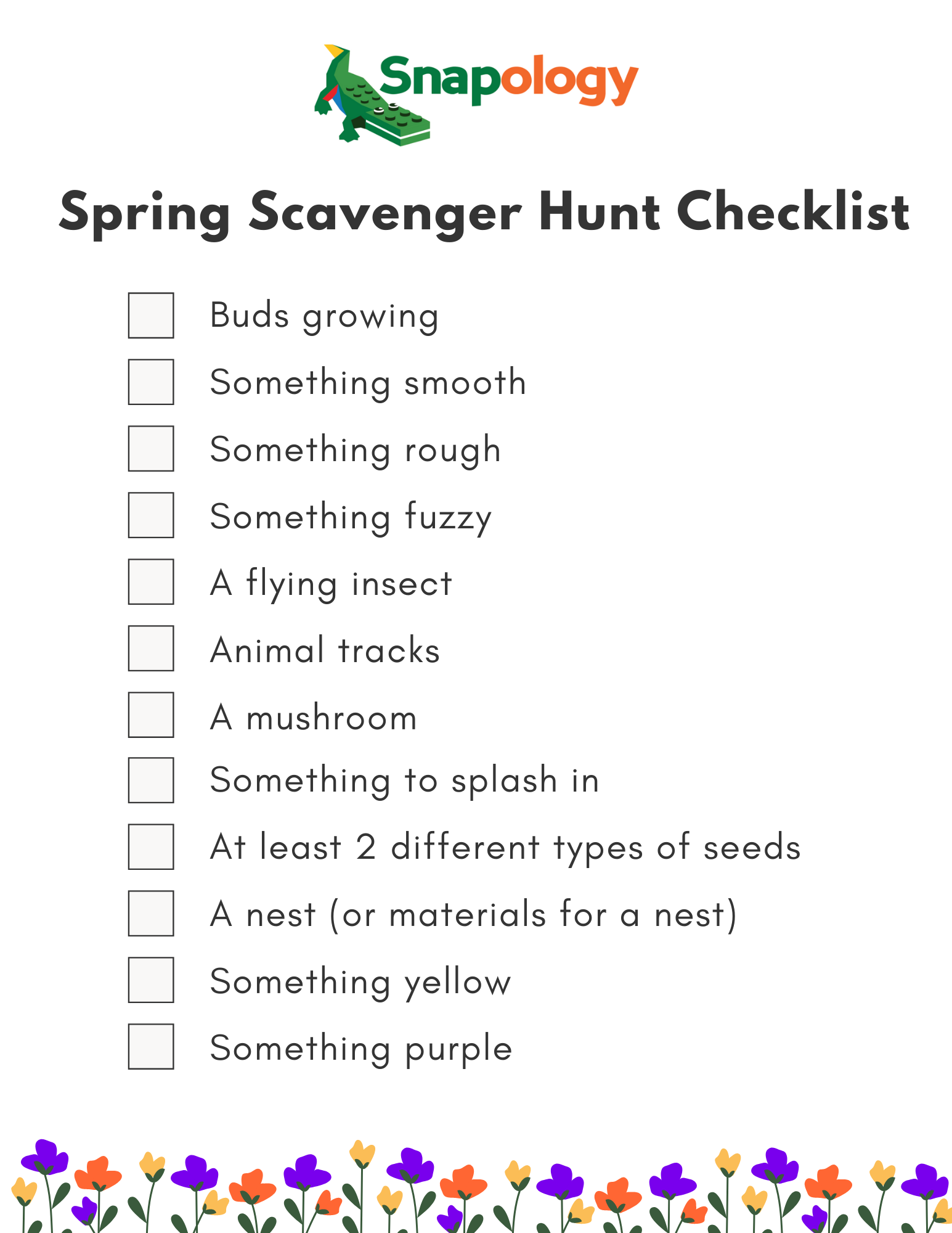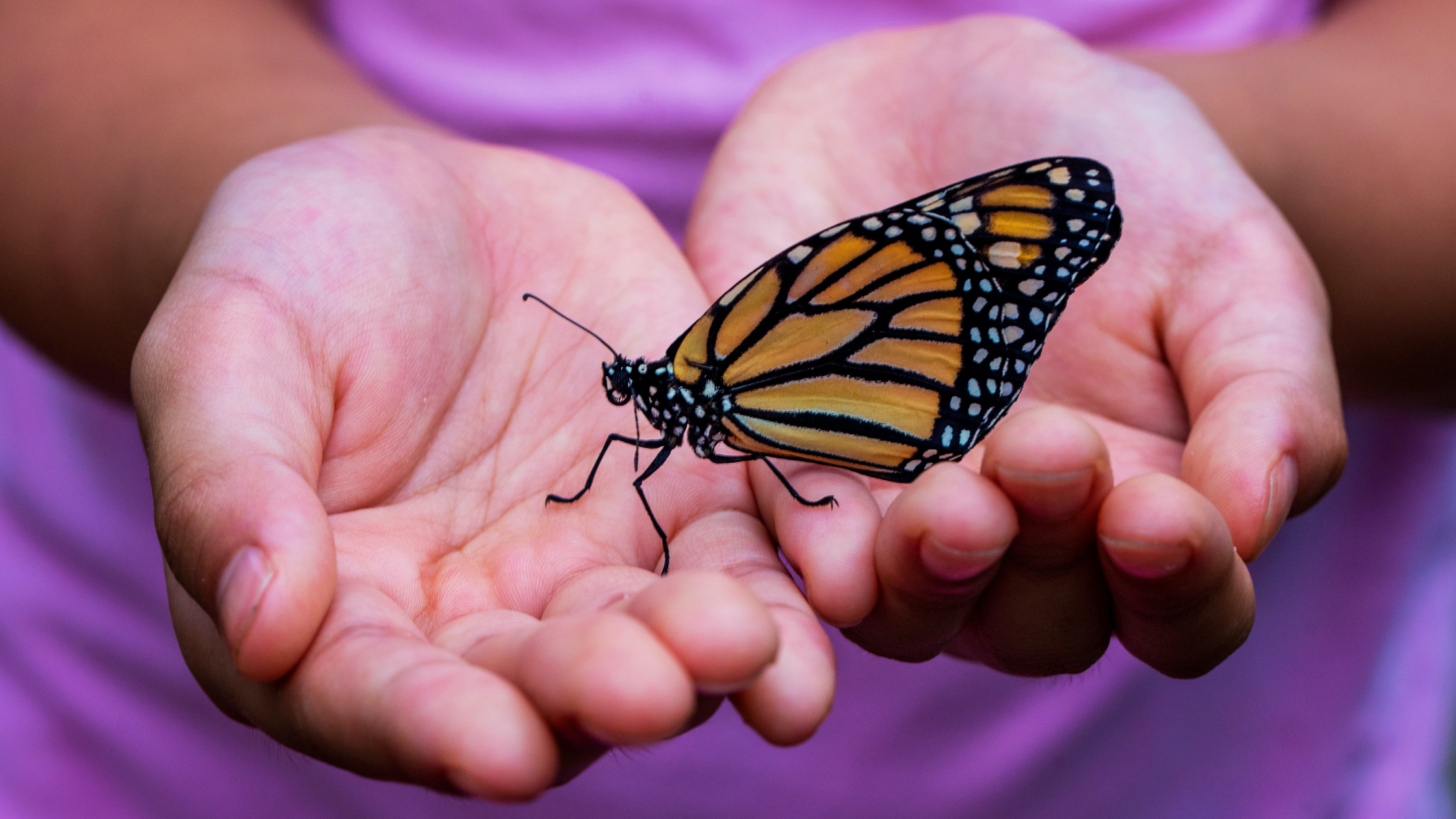Spring is a great opportunity for kids to explore the world around them and approach nature in a curious and hands-on way. Children benefit most from hands-on learning because it encourages them to observe, ask questions, make connections, and experiment. Celebrating our children’s natural curiosity will do wonders for their interest and involvement in STEM subjects and the complex problems they’ll face in the classroom.
Themed seasonal walks are a great way to explore and celebrate the natural world with your children. This spring scavenger hunt is a fun, easy way to incorporate STEM learning into quality family and nature time. We’ve included some questions and lesson prompts to share with your little scientists along the way.
No materials are needed to complete the scavenger hunt, but feel free to bring any of the following items to make your walk more interactive: plastic baggies for collecting items, some paper and a pencil or crayons for leaf tracings/etchings, a magnifying glass, or a notebook for taking notes.
SPRING SCAVENGER HUNT
- Buds growing – Lesson prompt: As you observe trees, shrubs, and flowers, ask your child to talk about or draw what different branches and stems look like. Are different plants in different stages of budding and flowering? Come back to visit the same trees and plants as the weather warms. Does your child notice any changes? Why do they think trees and plants begin to bud and flower in the spring? What would happen if the weather stayed cold or if they didn’t receive as much light?
- Something smooth
- Something rough
- Something fuzzy
- A flying insect – Lesson prompt: Count how many different types of insects you find along your walk. Can you identify any of them? What types of environments do insects live in? You may have to get close to the ground or get out your magnifying glass to see certain insects, while others can be observed flying around. Where do you see flying insects most often? If you’re having trouble finding a flying insect, sit and observe flowering plants for a while.
- Animal tracks
- A mushroom
- Something to splash in
- At least two different types of seeds – Lesson prompt: How many different seeds can you find along your walk? Which is the biggest and smallest? If you’re having a hard time finding seeds, look beneath trees. What are some similarities with different seeds and what are some differences? How do you think seeds are replanted? Can you identify the seeds?
- Something yellow
- Something purple
- A nest (or materials to build a nest) – Lesson prompt: Can you find any bird nests in the trees or bushes? Depending on your timing, you may find eggs on the ground from birds that have already hatched and flew away! If you can’t find any birds nests, look for materials that a bird could use to build a nest. Birds are remarkable builders! They can construct a sturdy nest from straw, thick grass, twigs, yarn, and even flower petals. Could you try building a nest with the same natural materials? Try this STEM experiment at home to build your own bird nest out of toothpicks and marshmallows.

€

